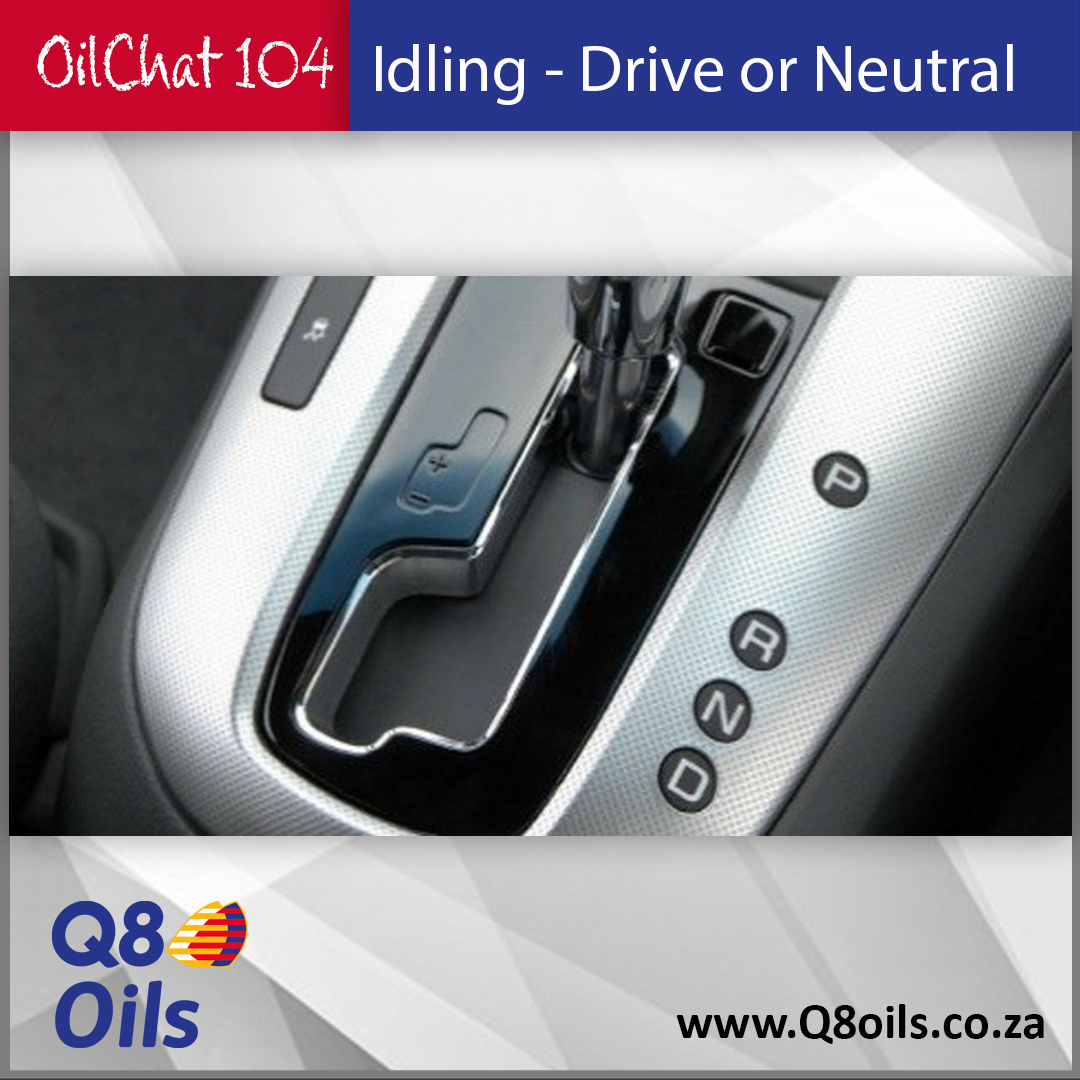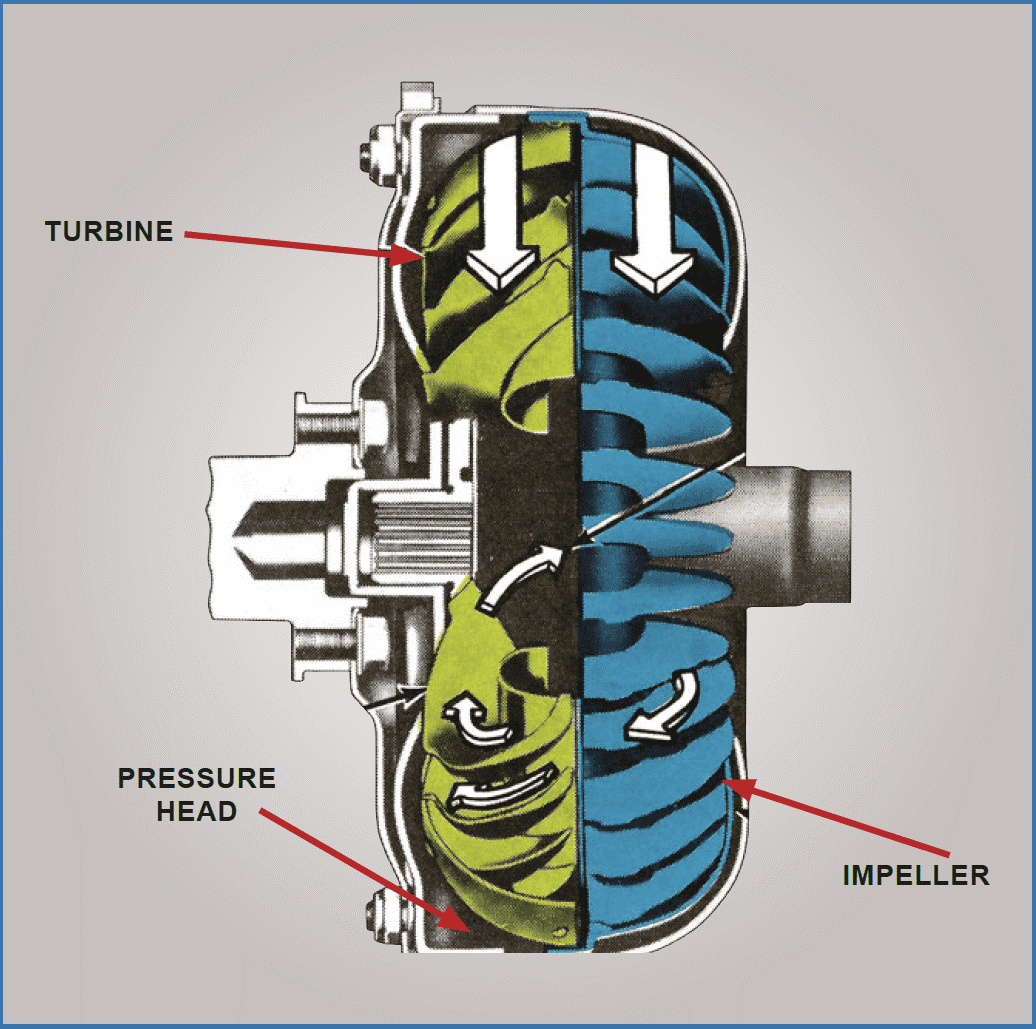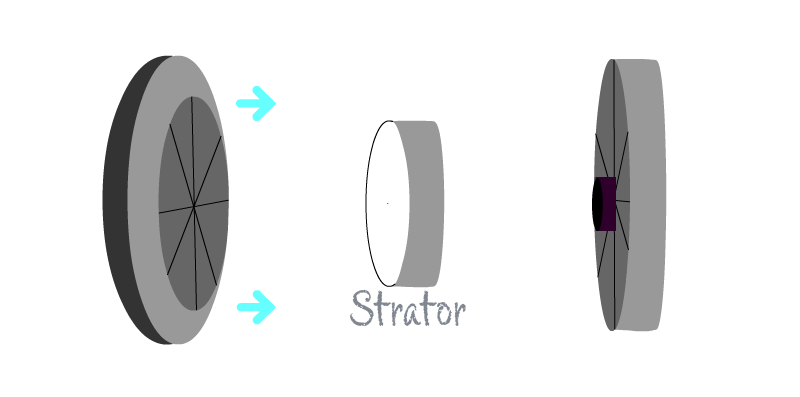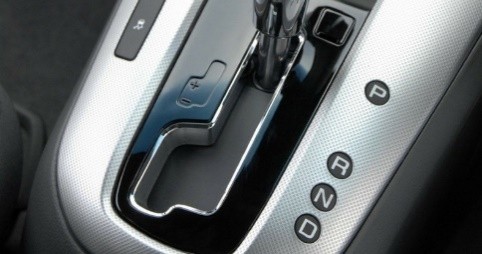
Which gear should I select when the engine is idling? This is probably the most debatable and commonly asked question by drivers of vehicles with automatic transmissions. To answer the question we need to understand how power is transferred from the engine to the automatic transmission.
In vehicles with manual transmissions a clutch is fitted between the engine and gearbox to enable the driver to disengage the gearbox from the engine when changing gears or stopping at traffic lights, etc. In vehicles with automatic transmissions the clutch is replaced by a torque converter.
 The torque converter housing is a doughnut shaped sealed unit. Inside the housing are two large ‘fans’ (the impeller and the turbine), a smaller ‘fan’ (the stator) and oil (torque fluid). The housing and impeller are attached to the flywheel and always spin at the same speed as the engine. The turbine is connected to the automatic transmission. As the impeller rotates, it forces the oil to the outside (by means of centrifugal force) and onto the fins of the turbine which causes it to spin and rotate the transmission.
The torque converter housing is a doughnut shaped sealed unit. Inside the housing are two large ‘fans’ (the impeller and the turbine), a smaller ‘fan’ (the stator) and oil (torque fluid). The housing and impeller are attached to the flywheel and always spin at the same speed as the engine. The turbine is connected to the automatic transmission. As the impeller rotates, it forces the oil to the outside (by means of centrifugal force) and onto the fins of the turbine which causes it to spin and rotate the transmission.
 The stator is located in the centre of the torque converter between the impeller and the turbine. Its main function is to redirect the oil returning from the turbine back to the impeller as shown on the right. This increases the efficiency of the torque converter considerably.
The stator is located in the centre of the torque converter between the impeller and the turbine. Its main function is to redirect the oil returning from the turbine back to the impeller as shown on the right. This increases the efficiency of the torque converter considerably.
When the vehicle is started and shifted into D (Drive) gear, the rate at which the oil is thrown into the turbine is slow and very little torque is transferred from the engine to the transmission. As the engine revs increase with more throttle, oil is propelled at an increased rate from the impeller to the turbine. This forces the turbine to rotate faster and to transmit more torque through to the transmission to propel the vehicle.
At highway speed, the impeller and the turbine are spinning at almost the same rate – the turbine always spins slightly slower. Some automatic transmissions lock the impeller and turbine together with a friction clutch to eliminate ‘slippage’ and increase efficiency.
Now back to the introductory question…
When your car is in D gear and not moving because you have your foot on the brake, the energy transferred from the engine to the torque converter impeller is dissipated as heat energy because the turbine is not moving. The result is that your torque converter and the oil inside heats up.
When you put your car into N (Neutral) gear, both the impeller and the turbine rotate and very little energy is wasted as heat in the torque converter.
You will also notice that in many vehicles, older ones in particular, the engine revs increase slightly when you put the car into Neutral. This is because the engine is no longer wasting energy to stir up the oil in the torque converter. Late model vehicles are fitted with engine management systems. If the engine speed increases when you shift into Neutral, it reduces the fuel flow automatically to return the engine to normal idling speed. You benefit from using less fuel and generating less heat in your torque converter.
So, when stopping in traffic for more than 30 seconds it is advisable to shift into the Neutral gear.
CAUTION: It is not recommended to shift into P (Park) gear when stopping at a red light since it locks the transmission and P should only be used for parking.
For more information about the complete range of Q8 automatic transmission fluids, phone 011 462 1829, email us at info@bcl.co.za or visit www.bcl.q8oils.co.za.

